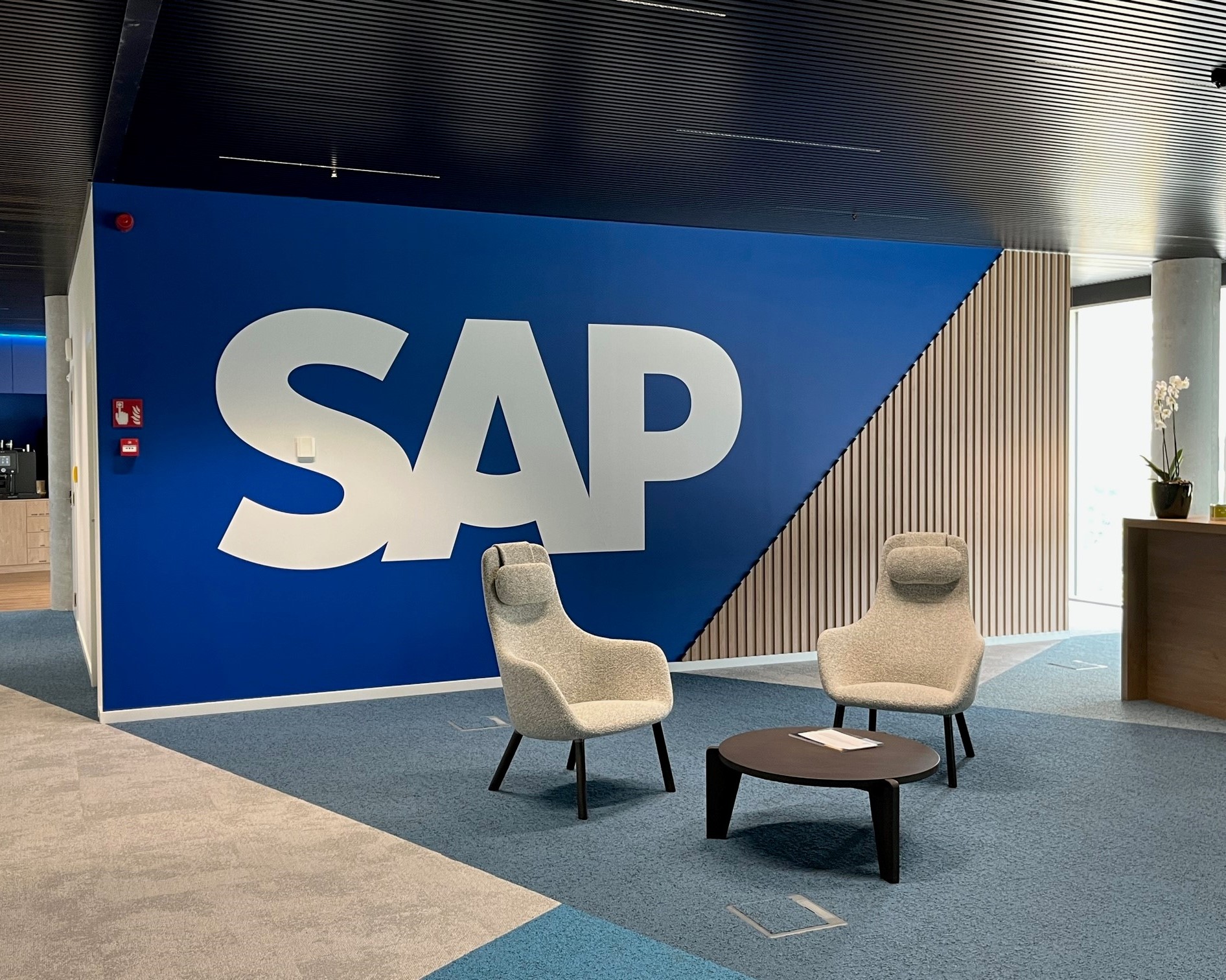Découvrez comment 6 entreprises tirent une grande valeur métier de leurs données
Il est paradoxal de constater que les données d’entreprise renferment beaucoup de réponses à nos questions, tout en étant une grande source d’obstacles. Les environnements de données actuels sont devenus presque trop complexes à gérer. Et quand on parle de complexité, on ne parle pas uniquement de volume : on parle aussi de qualité et d’utilisation.
De nombreux chefs d’entreprise pensent qu’il est temps pour l’IT de passer d’une fonction de support à une fonction de création de valeur. D’autres entreprises qui ont sauté le pas et qui ont réussi, ils s’arrêtent et écoutent. Dans notre dernier webinaire sur la Business Technology Experience, nous avons présenté le témoignage de six entreprises qui ont réussi à tirer une grande valeur métier de leurs données. Découvrez leur histoire.
1. Velux: get the whole picture thanks to connected Business Process and Experiences
Having a fully integrated business is key to delivering the right experiences and the most efficient business processes. And by integrating, I mean connecting system applications and data regardless of whether you hold data on premise, in the cloud or hybrid, which is exactly what Velux has done. They wanted to protect their on-premise data but gain an end-to-end data view to let business users access and draw insights more efficiently with less IT involvement.
The takeaway? By accessing self-service and reporting, Velux now has lightning fast flexibility, insight and speed.
2. Hartmann: confident Decisions for hospital supply chains
Having confidence to make decisions in the moment with trusted data and context through a holistic accurate view, is a game changer. Paul Hartmann AG, for example, a global manufacturer of medical supplies, tackled one their big challenges through better data integrity – ensuring hospital stock levels from different data sources across multiple hospital departments. Hartmann has been able to unify access and analyse data across multiple internal and external data sources to ensure medical providers always have the medical supplies they need.
The takeaway? When stock levels reach a minimum level, Hartmann’s system triggers automatic replenishment and anticipates demand based on data, driving down manual ordering by up to twenty percent.
3. German Government: innovation delivered in 24 hours to bring citizens home
Companies today have countless opportunities to drive data innovation – even in the current circumstances. Understanding data at scale helps you explore more innovative options, which is particularly valuable when the world becomes a different place in a matter of weeks. A great example is the COVID-19 crisis. As the pandemic spread, 42,000 German citizens found themselves stranded abroad.
The takeaway? In less than 24 hours, the German Government had created and delivered an innovative new app to register citizens abroad and get them home.
4. The Rainforest Connection: animal data + AI + old smartphones fight against chainsaws
Innovation doesn’t mean using the latest technology in isolation. It can come from new technology used in conjunction with older tech. The Rainforest Connection is using AI, IoT, predictive analytics, big data and old cell phones to fight illegal deforestation. Ninety percent of deforestation is illegal and it’s the second biggest contributor to global climate change.
The takeaway? By hanging old cell phones in trees and harnessing new technology, Rainforest Connection can listen to chain saws and catch loggers on the spot in their precise location. And predictive analytics can anticipate the location of illegal deforestation in advance just by listening to noises the animals are making in the rainforest.
5. San Francisco 49ers: smart catering
Likewise, organizations such as the San Francisco 49ers (a professional American football team) are using embedded analytics to make real time decisions around concessions and retail on game day in stadiums packed with thousands of fans.
6. Harris Logic: wellbeing of prisoners based on data
But it’s not just about internal connections and experiences. Many organizations need to securely integrate with applications and systems externally. Harris Logic, for example, is transforming the mental health field through prison diversion programs based on data. The company works with multiple organizations delivering a single profile to clinicians.
The takeaway? By using data and predictive analytics to deliver the right experiences and drive better outcomes for vulnerable individuals, Harris is netted $30 million in savings and reduced prison costs by twenty five percent over five years.
If you want to hear more about how you turn data into value and have more details about this 6 business cases, listen to the Business Technology Experience Webinar here.
I’m Nicolas Debeer, Sales Director and Head of Business Innovation & Enterprise Platform at SAP. Are you looking for a solid technological foundation of your digital innovation? Let’s share our experiences. Connect with me via email nicolas.debeer@sap.com or via mobile +32 473 812028.
This blog is also published on our SAP Belgie News Center.



